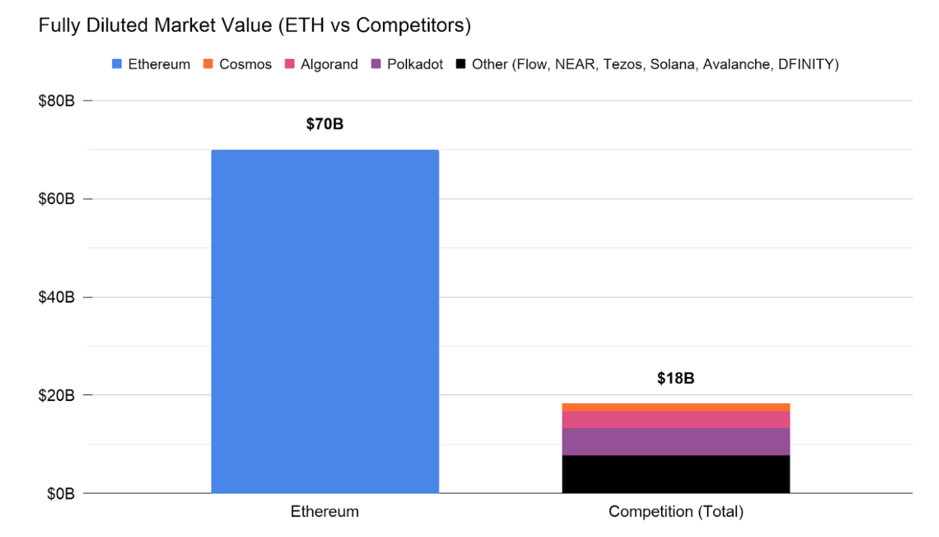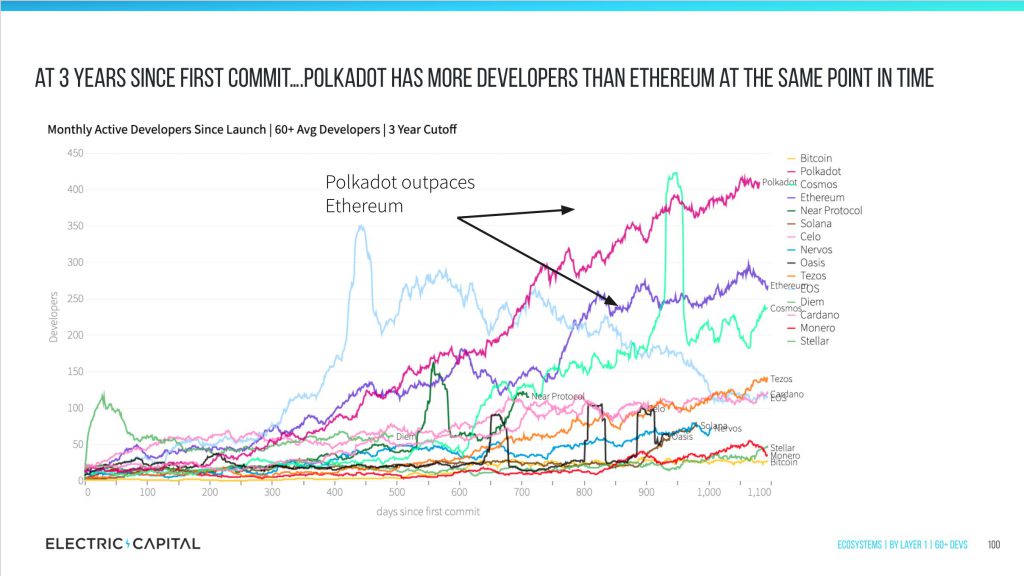‘ETH Killer’ blockchains – Do they stand a chance?

Most of the crypto-community is obsessed with titles. Any cryptocurrency or a blockchain project advertised with the title of XYZ-killer is particularly popular. Ethereum, the world’s largest altcoin, is often the target of such dubious comparisons. The latest to do so is Coinbase after it recently published a blog that identified 9 blockchains it classified as “ETH Killers.”
According to the said blog, these smart contract platforms are emerging competitors that have the potential to challenge Ethereum’s dominance in the space. What is also interesting is that a few of these popular platforms have already been referred to as “ETH Killers” by some in the crypto-community. Alas, some have been left off this list, including Cardano, Binance Smart Chain, and VeChain.
Cardano founder Charles Hoskinson was quick to comment on the exclusion of Cardano from this list, stating, “It’s extraordinary to me that Cardano was omitted here.”
It's extraordinary to me that Cardano was omitted here. Happy to host a workshop for you guys to learn more about our protocol and its USPs. https://t.co/d1yk2nyu4U
— Charles Hoskinson (@IOHK_Charles) December 12, 2020
The report in question instead mentioned the likes of Algorand, Polkadot, Cosmos, and several others, of which Polkadot is undoubtedly the most popular chain, with a market cap of $5.5 billion.
In fact, as the report revealed, the combined market cap of all the chains mentioned represented only 25% of Ethereum’s market cap of $70 billion.
Ethereum’s dominance in the space is almost all-encompassing, but it comes down to its first-mover advantage and its ability to successfully capture these network effects. For these reasons, building on Ethereum helps remove some of the associated risk variables for a developer on the network.
That being said, in recent times, the ecosystem has witnessed quite a few ‘migrations’ from Ethereum to other blockchains. The most recent case was the example of Human Protocol’s migration from the Ethereum blockchain to the Polkadot parachain, Moonbeam.
At the time, Head of Operations Lonnie Kurlander had said,
“The [Ethereum] mainnet simply could not support our customer requirements and the volume of transactions that already take place daily.”
As the report suggests, ultimately, it is a question of whether applications need to “live” within the same blockchain environments. Eventually, technologies will allow applications to interact with each other, regardless of the underlying chain.
As seen from migrations across chains that did take place, interoperability is an important aspect, and chains that have had the most success in terms of adoption and projects migrating over are often those that offer cross-chain compatibility.








